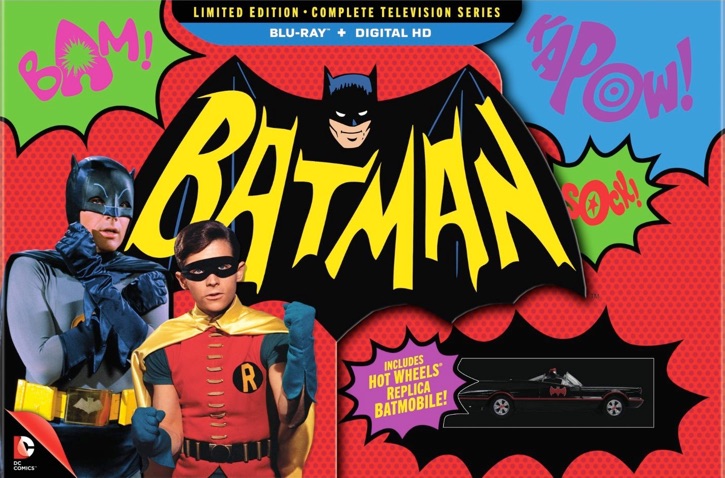This resignation letter by Gerald J. Conti, a veteran social studies teacher formerly of Westhill High School in Syracuse, NJ, ran in The Washington Post last year, but earlier this month it was picked up and re-run by Daily Kos and has since attracted some renewed attention. Conti had been teaching for twenty-seven years but ultimately called it quits out of frustration at how his job had changed. He used his resignation letter as an opportunity to deliver a full-blown critique of his school administration, his teachers’ union and legislators.
My profession is being demeaned by a pervasive atmosphere of distrust, dictating that teachers cannot be permitted to develop and administer their own quizzes and tests (now titled as generic ‘assessments’) or grade their own students’ examinations. The development of plans, choice of lessons and the materials to be employed are increasingly expected to be common to all teachers in a given subject. This approach not only strangles creativity, it smothers the development of critical thinking in our students and assumes a one-size-fits-all mentality more appropriate to the assembly line than to the classroom. Teacher planning time has also now been so greatly eroded by a constant need to ‘prove up’ our worth to the tyranny of APPR (through the submission of plans, materials and ‘artifacts’ from our teaching) that there is little time for us to carefully critique student work, engage in informal intellectual discussions with our students and colleagues, or conduct research and seek personal improvement through independent study. We have become increasingly evaluation- and not knowledge-driven. Process has become our most important product, to twist a phrase from corporate America, which seems doubly appropriate to this case.
In the past this has been an abstract issue for me, but now, with my daughter in her first semester of kindergarten and her second year in public school, I’ve been grappling with the reality of providing a quality education to a child. I went to public school myself, all the way through high school graduation; we had an excellent system in Montgomery County, MD. Or at least I’ve always assumed that it was a great school system, just as I had always assumed that I would forever be an advocate of public school education.
But as I’ve experienced the New York City Public Schools system as a parent of a student, I’ve come to wonder if it’s even capable of providing the kind of education that I really want for my child, or if public education is even capable of preparing today’s children for the world that will greet them as adults. Not only does the system seem unreasonably focused on testing, but Americans are doing so little to invest the immense wealth that we’re generating into the education that it’s hard to come to any other conclusion than that society is trying to starve the institution entirely. As a result I’ve come to question all of my assumptions, even the assumption that the public school education that I had was really as substantive as I remember it.
Read Conti’s resignation letter at washingtonpost.com.
+









